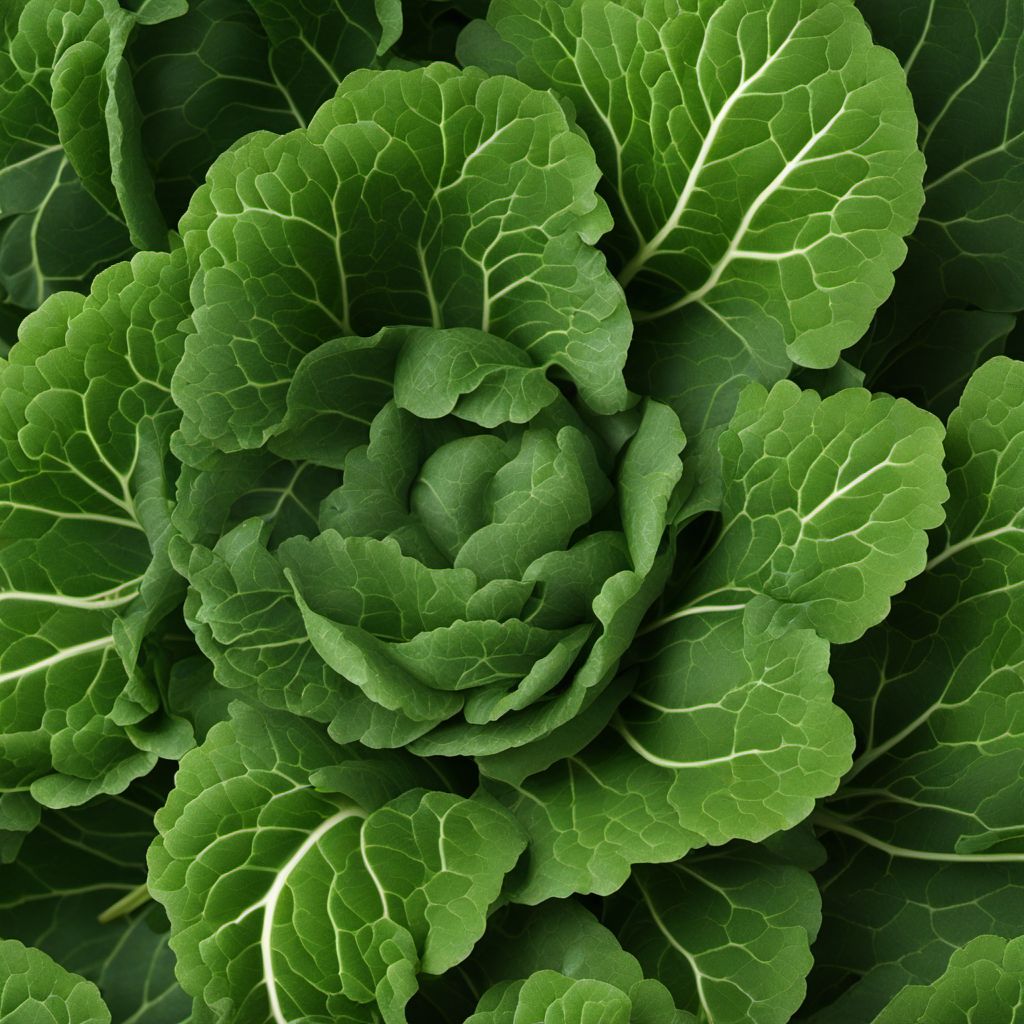
Ingredient
Collards
The Mighty Collards
Collards, also known as collard greens, are leafy green vegetables that belong to the Brassica family. With their robust flavor and sturdy texture, collards are a staple in Southern cuisine and are widely enjoyed for their numerous health benefits.
Origins and history
Collards have a rich history that dates back to ancient times, with evidence of their cultivation in ancient Greece and Rome. They were brought to the United States by African slaves and have since become an integral part of Southern cooking. Collards are known for their resilience, as they can withstand cold temperatures and thrive in various climates.
Nutritional information
Collards are low in calories and packed with essential nutrients such as vitamins A, C, and K, as well as calcium and fiber. They are also a good source of antioxidants and have been associated with various health benefits, including improved digestion and reduced inflammation.
Allergens
Collards are not known to be allergenic, making them a safe choice for most individuals.
How to select
When selecting collards, look for vibrant, dark green leaves that are free from yellowing or wilting. The leaves should be crisp and firm to the touch. Avoid any bunches with signs of insect damage or discoloration.
Storage recommendations
To store collards, remove any damaged or wilted leaves and place them in a perforated plastic bag in the refrigerator. They can be stored for up to a week. For longer-term storage, blanch and freeze the leaves in airtight containers or freezer bags.
How to produce
Collards can be easily grown in home gardens or containers. They thrive in full sun or partial shade and require well-drained soil. Sow the seeds directly in the ground or start them indoors and transplant them once they have developed a few leaves. Regular watering and occasional fertilization will help ensure healthy growth.
Preparation tips
Collards can be prepared in various ways, including sautéing, steaming, boiling, or braising. They are often used in dishes like soups, stews, stir-fries, and as a side dish. To enhance their flavor, consider adding ingredients like garlic, onions, bacon, or vinegar during cooking.
Substitutions
Kale or Swiss chard can be used as substitutes for collards, as they offer similar textures and flavors. Spinach can also be used, but it has a milder taste.
Culinary uses
Collards are commonly used in Southern cuisine, where they are often braised with ham hocks or bacon. They are also a key ingredient in dishes like collard greens with cornbread, Hoppin' John, and gumbo. Additionally, collards can be added to salads, smoothies, or used as a wrap for sandwiches.
Availability
Collards are widely available in the United States, particularly in the Southern states where they are a culinary staple. They can also be found in some international markets and specialty grocery stores.
More ingredients from this category
Recipes using Collards » Browse all
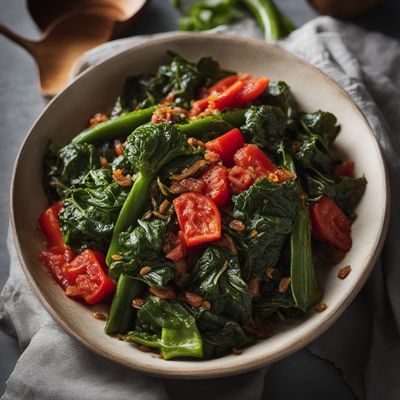
Soulful Veggie Delight
Soulful Veggie Delight: A Southern Twist on Italian Verdure al Cartoccio
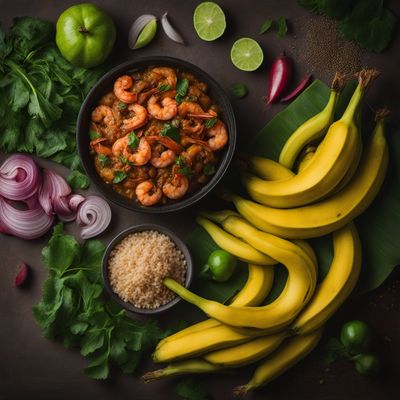
Ndolé with Shrimp and Plantains
Savory Delight: Shrimp and Plantain Ndolé

Soulful Spring Rolls
Soulful Spring Rolls: A Southern Twist on a Chinese Classic
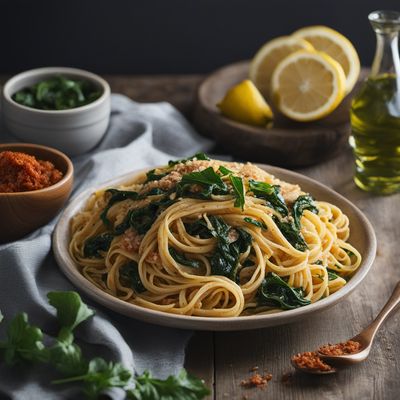
Soulful Anellini Pasta with Smoky Collard Greens
Soulful Anellini Pasta: A Southern Twist on Italian Comfort

Southern Style Ravioli with Pesto Sauce
Savory Pesto Ravioli with a Southern Twist

Soulful Braised Collard Greens
Soulful Greens: A Flavorful Twist on Braised Collard Greens

Soulful Biryani
Soulful Biryani: A Hearty and Flavorful Rice Dish

Soulful Eggs Benedict
Soulful Southern Eggs Benedict with Collard Greens and Ham Hock

Hunan-style Feijão Tropeiro
Spicy Hunan Feijão Tropeiro: A Fusion of Brazilian and Chinese Flavors

Soulful Sushi Rolls
Soulful Sushi: A Southern Twist on a Japanese Classic

Silesian Collards and Cabbage Stew
Hearty Silesian Greens Stew: A Taste of Tradition
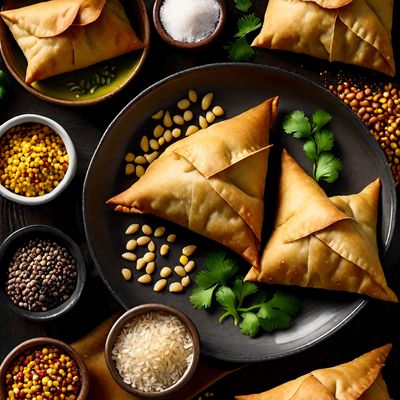
Soulful Samosas
Soulful Samosas: A Fusion of Indian and Southern Flavors


